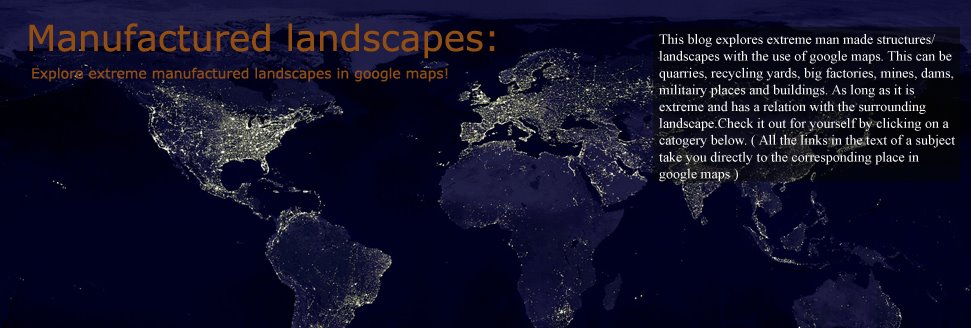Partical accelerators
Partical accelerators:
Quite simply particle accelerators give high energy to subatomic particles, which then collide with targets. Out of this interaction come many other subatomic particles that pass into detectors. From the information gathered in the detectors, physicists can determine properties of the particles and their interactions. Particle accelerators come in two basic designs, linear (linac) and circular (synchrotron). The longer a linac is, the higher the energy of the particles it can produce. A synchrotron achieves high energy by circulating particles many times before they hit their targets.
Biggest partical acelerators:
The higher the energy of the accelerated particles, the more closely they can probe the structure of matter. For that reason the biggest particel accelerator the LHC ( The large Hadron Collider ) in the world was build at the border of France and Suise:
The particles are accelerated to enormeous speeds using giant magnets in a 27 km circular tunnel lying 100 meters under the ground. Multiple enormeous particle detectors are placed in this circular tunnel where the particles colide. These detectors are called CMS, Atlas, and Alice. The Atlast detector is by far the biggest of the three. You can see it below:
There are more of these giant circular accelerators but not this big. The Relativistic heavy ion collider in Upton New York for example is is the most powerfull heavy iron collider in the world after the LHC. It is only 3834 m long. Another big one is the Tevatron accelerator at the Fermilab near Chicago in the United States. This one also claims to be the most powerfull particle collider in the world after the LHC. The circular ring of this one is 6.3 km:
When talking about lineair accelerators the largest in the world is the main accelerator at the SLAC national accelerator laboratory near San Fransisco. This accelerator is 3.2km long, and lies about 10 meters under the ground. The end is not so close as you might think when looking at this picture below. It would take 45 minutes to walk to the other site:

You can see it very well in google map street view from the innerstate highway 209:
Grotere kaart weergeven














